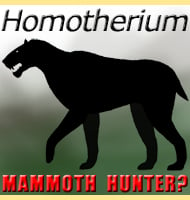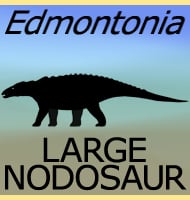Homotherium
In Depth The Pliocene and Pleistocene periods are well documented as having a large number of big cats roaming all over the world as apex predators of the landscape, however Homotherium is actually quite different to many of the other genera. To begin with, Homotherium is what is termed a scimitar-toothed cat (after the sword), … Read more

